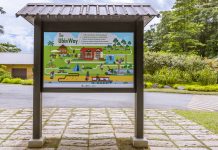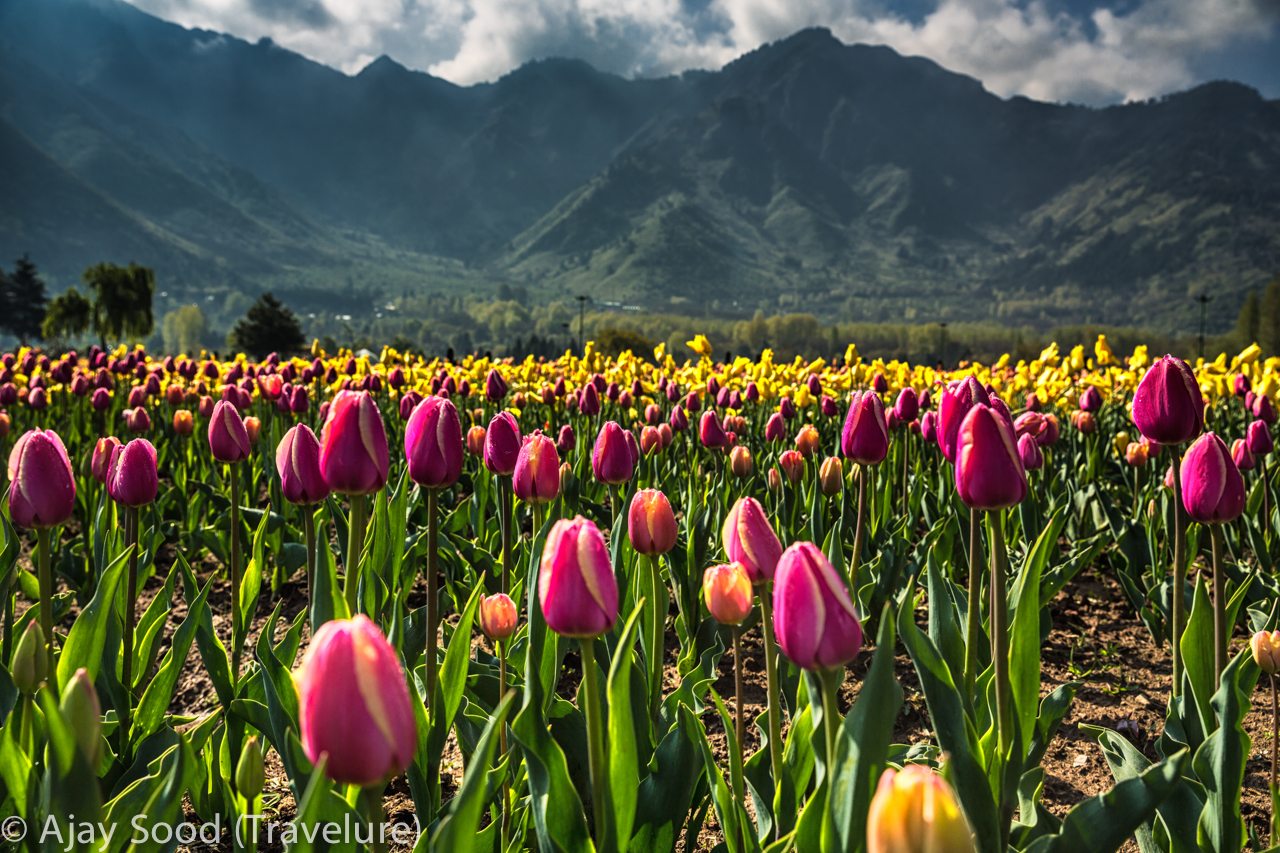
For a travel writer, there are instances when putting a coherent thread to a travel story may take time. My visit to the Heritage and Crafts Arc of Northern Thailand was one such instance. Though I visited these destinations in Oct 2015, it is only now that I could string together my diverse experiences into a single cogent story. Savour it and do leave a word if you like it!
PS: This article has appeared in Huffington Post. To read it there, click here.

‘Amazing Thailand’ – Tourism Authority’s attempt to sum up all that is Thailand – spews forth myriad images to the mind. From beaches to scuba and snorkelling, tuk-tuks to long-tailed boats, ornate stupas to Khon (traditional Thai Dance form), jungles to elephants and tigers, Grand Palace to Buddha Temples, spa and massages to seafood and cuisine, floating markets to flea and night markets – the slideshow begins.
Heritage and Crafts Arc of Northern Thailand
While that happens, one thing somehow remains in the blind spot – the traditional crafts of Thailand. It is not that there is any paucity of traditional crafts in this wondrous country; just that the rest of the imagery has a stronger gestalt!

After the conclusion of TBEX (Travel Bloggers Exchange) in Bangkok, a few of us were flown down to Chiang Mai by Tourism Authority of Thailand en route three provinces I had not explored before – Lampang, Phrae and Nan. Though I had browsed the itinerary, I was not prepared for what was to unravel.
Of Chicken and his Bowls
We landed in Chiang Mai airport and were driven straightaway to Lampang. First stop – Dhanabadee Ceramic Group’s factory. While I have known and seen what typical ceramic factories are all about, I was not prepared for what confronted us there.

We were navigated through the reception area into corridors and hallways that subtly showcased the history of this famous institution known for its ‘Chicken Bowls’. We witnessed the smallest ‘Chicken Bowl’, a rustic dining room setting, a ‘Chicken Bowl’ painted in pure gold, how the ‘Chicken Bowl’ is shaped and painted, the original, now non-operative 24-metre ‘Dragon Kiln’, the Dhanabadee Ceramic Museum and much more.

When we thought we were all done there, we were made to sit on a workmen table and given a ceramic bowl each. Believe it or not, the task assigned to us was to turn those ordinary ceramic bowls into ‘Chicken Bowls’. We started hesitantly but then, the artist in us emerged and soon enough, each of us had our own brand of ‘Chicken Bowl’ ready!

While the Dhanabadee Ceramic Museum has the smallest ‘Chicken Bowl’ on display, the largest ones are also in Lampang. These lie stacked up outside Central Plaza Mall in the city.

We spent the night in Lampang River Lodge, a property ensconced in the lap of nature. This scenic property has scores of hundred-year-old trees, a lake filled with lotus, a meandering swimming pool and cottages built on aged wooden decks.

Textiles, Jewellery and Exhibits
Next stop – Long in Phrae province. We started the day by visiting Komol Antique Textile Museum (also called Komol Fibreland) founded by Komol Panichpun. The museum was both delightful and full of surprises.

The first section we saw had Tempera paintings. These are done on wooden planks that formed the wall of a house. The work was elaborate and well-preserved.


Another section of the museum had traditional Pha Sin (Thai tube skirts) with exquisite and detailed traditional work from various regions of Thailand. Not only it had contemporary work but had a sizable collection of ancient weaves too. Besides the tube skirts, this section also displayed ethnic jewellery.

Yet another section had a cute collection of dolls attired in traditional costumes from a large number of countries and regions across the globe like Portugal, Italy, Greece, Denmark, Brazil, China, Ireland, etc.
Thai Blues!
We then proceeded to the town of Ban Thung Hong in Phrae. This place is known for Thailand’s telling response to denim – Mo Hom (Mo = Pot; Hom = Indigo). The craft of Mo Hom creation belongs to Thai Phuan people who migrated from Laos and has been preserved and passed on from one generation to the next.

The town of Thung Hong is officially heralded by Thailand as ‘Champion of Handicrafts’. Here, the garments take shape from the dye produced by Indigo plant to the final output as varied as shawls, bags, scarves, shirts and more.
Here, we were made to experience how the ordinary white cotton cloth turns into the iconic deep blue Mo Hom. Not only that, as a souvenir we were gifted the scarves we had ourselves created!

From here, we moved on to Nan Town of Nan province and checked into Pukha Nanfa Hotel. This property had character, as it was an erstwhile Chinese Tea Room that has now been converted into a boutique hotel. It was a joy to sit in their all-wood open foyer and enjoy a relaxed cup of hot coffee.


Monks and more
We woke up early next morning to offer alms to Buddhist monks and found we were not alone. It seemed the whole town religiously followed this ritual. In and around the city centre market, we could see monks praying for all alms-givers at every street corner.

The city market offered an insight into the lifestyle of residents of the city. It offered everything – fresh vegetables, poultry, pork, spices and condiments, sweets and savouries, local ready-to-cook and cooked dishes, pots and pans, et al.


Our morning took us to Wat Phra That ChaeHang. This Thai temple has a 55-metre high golden chedi. Here, we visited the school for monks and were given a demonstration of ‘how Buddhist monks wear their robe’.

After breakfast, we visited Wat Phumin, an ancient temple that has famous Thai painting of ‘whispering man’ adorning its interior wall.

We then visited Wat PhraGerd and joined the locals in making ‘Tung’ (vertical flag). These vertical flags are an offering to Buddha and ancestors.

Our lunch was a traditional Northern Thai meal at Hong Jao Fong Kam, a sprawling noble house of Nan, built entirely of teak wood. In earlier times, these large teak wood houses were reserved for nobles.

Arts and Crafts
We spent the afternoon at Nan Riverside Art Gallery, a gallery with delightful display and blessing of bountiful natural beauty. As the name suggests, it is by the river and has been founded by Winai Prabripoo. Here, we painted the famous Thai ‘Whispering Man’ on to a canvas bag that was given to us as a souvenir.

While we were being driven back to Nan Airport, a vivid visual time-lapse of these three days went around my mind. It made me realise that ‘Amazing Thailand’ is not just a marketing slogan, but two words steeped in oodles of truth reflecting rich heritage spanning a few centuries that gives this land its arts, crafts and tradition. The experience is compelling and forces me to urge all readers to spend a few days here during their next Thailand sojourn. When you return and say thanks, you will find me magnanimously saying – “Mention Not!”

















Such a range of things to see and do. I really enjoyed that you are able to participate and try your hand at being arty.
Such varied crafts. Really cool to see where so much Thai culture/products originate. And I like that you took part too. That’s a great way to experience culture beyond watching it go by.
Thanks, Rob! Like I said, that participation made me appreciate these crafts that much more!
Great post. I love the chicken bowl sculpture. I like the way you weaved this together it was worth the wait. When we in Chiang Mai we id a class to learn to make their traditional mulberry paper. It was a great afternoon and the paper we made was beautiful.
Thanks, Elizabeth! Without that wait, I would surely have bungled it up! There was so much we saw and did in these 3 days that it was overwhelming!
One of the main reasons I’m traveling is for understanding and discovering culture. You really made a very good article out of this subject.
Thanks a lot!
The art of countries and cultures is a subject that interests me a lot. I love learning about different techniques and inspire the artist within me. It’s so interesting that you learned about the traditional craft! I would love to do that too!
Thanks, Cynthia! It is so rare for people to have interest in traditional craft these days. Happy to know you love it!
That is a lovely cultural trip. Not so much of an art person but would love the monastery and other heritage experiences
There are aspects I haven’t touched upon – e.g. Nan province also has a National Park and has interesting treks. You may wish to add it to your next Thailand trip itinerary.
Loved this post, enjoyed reading about the other side of Thailand and great pics as usual.
Lovely work. Didnt know at all about it. And lovely pictures too.
Thanks, Shubham! Though I had been to Thailand many times, it was a discovery for me too!
Here’s https://t.co/94y9YER08G.
Travelure – Making Destinations Desirable! – https://t.co/gBnn3wy7K5 https://t.co/LkzOfkRmb9
Want to do something new in Thailand? Try the Heritage and Crafts Arc of Northern Thailand https://t.co/94y9YF8B0e
Heritage and Crafts Arc of Northern Thailand https://t.co/94y9YF8B0e https://t.co/qVzDM2nyrO